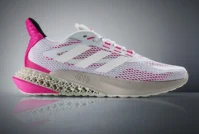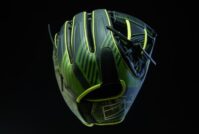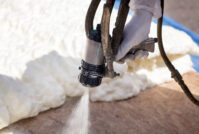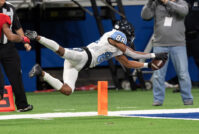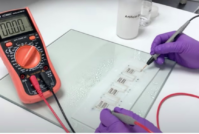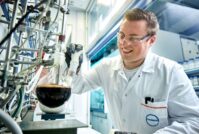look what we did!
Category: Athletics, Innovation Bonds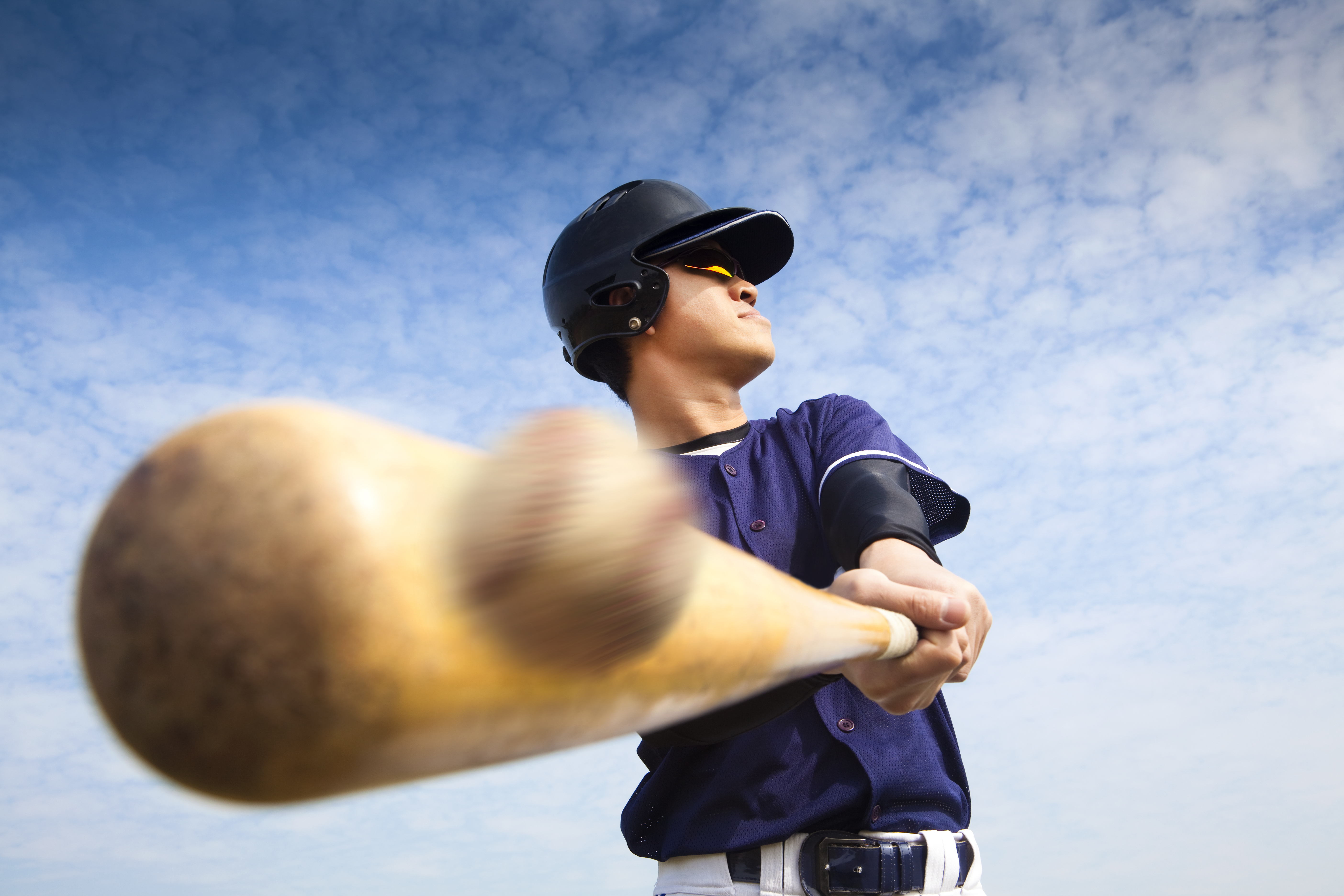
Is Polyurethane Contributing to A Record Year for Home Runs?
2019 will likely go down as the Season of Smash in professional baseball. Could polyurethane be the cause?
This year, the league is on track to produce more home runs in a single season than at any other time. So, what is the culprit for this proverbial ongoing home run derby?
No Easy Answers
To the frustration of many a major-league pitcher, there seems to be no clear answer. Some speculate it could be new technology in the ball. Others say the players themselves are training harder and getting stronger and fitter. Some reason it may be a group mentality; if all the other players are hitting home runs, you may find it mentally easier to hit one yourself.
In truth, it could be some combination of all these factors.
The Polyurethane Coating Theory & Ken Griffey, Jr.
But, one possible theory is this: polyurethane resin used to coat the bats could be the very thing helping players the most when it comes to hitting those balls over the outfield fence.
Before you shake your head in disagreement, consider this: In 1994, home run king Ken Griffey, Jr. cited the polyurethane coating on his new bat as a significant contributing factor to the success of his .318 batting average from spring into early summer of that season.
At the time, researchers worked tirelessly to improve the hardness of the resin in Griffey’s bat. To their credit, the one-time league MVP himself said that the bat felt as if it had more “pop” than previous iterations.
The Bat-Making Process
Pro baseball has stringent rules in place when it comes to deciding what materials make up a player’s bat. Metal bats are not allowed at the professional level. In fact, the bat can only be made from a solid piece of wood – most hitters prefer the white ash or maple variety. (A strip of land between upstate New York and rural Pennsylvania seems to provide the most ideal wood-growing conditions.)
However, the rules fail to mention how a bat is coated – here is where polyurethane comes into play. Officials consider new kinds of bat coatings on an individual basis. As in the case of Griffey’s new bat, each one must undergo rigorous testing before making its way into the hands of professional players.
Getting the Coating Just Right
When it comes to finding just the right resin, bat makers want their coatings to have strong adhesion properties, along with resistance to abrasion, water, sweat and impact. A resin must be strong enough to stand up to the continual punishment of life in the major leagues.
However, before all else, hardness is the most sought-after attribute in a resin. The hardness of the bat gives it what players call the “ding.” This is the thing that allows balls to fly farther and faster at the crack of a bat.
A Major Brand’s New PU Formula
This season, without revealing what the company calls its “secret sauce,” one major bat producer introduced a new resin. According to the manufacturer, this year’s resin is two to three times harder than the previous year’s finish.
The company is responsible for producing the majority of bats used in the professional leagues. If, as it claims, the company is producing bats with a resin that is two to three times stronger than what it was using just one season ago, could this be the reason for the increase in this home run hitting activity?
While experts struggle to explain this year’s home run phenomenon, take into account what you now know about the importance of the hardness of polyurethane bat resins. Consider this: the answer to the mystery may be hiding in plain sight – right there on the surface of the bat.







